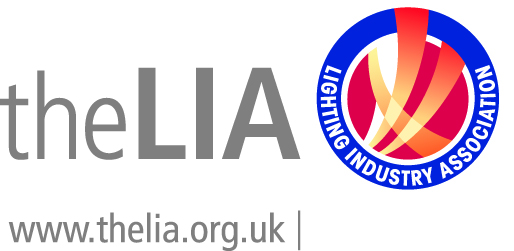
It is essential in providing safety for building occupants to select a suitable fully compliant emergency lighting system, and then ensure that it will work as intended when required. This is becoming still more important with ICEL - the emergency lighting side of the Lighting Industry Association (LIA) – warning of increasing risk of blackout as older power stations are coming off-line. ICEL Director, Bernard Pratley explains.
Under UK Fire Safety legislation, non-domestic buildings must be safe at all times, so most need emergency lighting schemes that are fit for purpose in protecting their occupants.
If an emergency occurs, people inside must be able to make their way out quickly through designated escape routes without panic. This is critical in a fire, as most people unfamiliar with a building tend to try to leave the same way they came in, ignoring shorter escape routes. Therefore, emergency lighting and escape route illumination must make it as easy as possible for those evacuating buildings to see clearly how to quickly make their way to a place of safety.
Any accident involving injury or loss of life following a building emergency could result in those responsible being brought before a court of law, so it is essential to ensure that all installed emergency lighting systems are in full working order at all times.
This is becoming even more crucial, bearing in mind that many UK nuclear power stations are nearing (or are already past) the ends of their lives, while many coal-fired plants are being phased out. For example, RWE npower is to close seven fossil fuel plants by 2023 in compliance with EU regulations. The proposed new Hinkley Point nuclear reactor is not due to come online until the early 2020s, and several major offshore wind projects have been shelved.
Experts warn that we could face supply difficulties, and the reduction of spare capacity and the consequent increased risks of brown outs and power cuts will mean that responsible persons, under the auspices of the Regulatory Reform (Fire Safety) Order, will need to be certain that the emergency lighting system he or she is responsible for achieves the required compliance. Not only should the emergency lighting system be fit for purpose if the lights go out, but it must also be reliable, easy to test and simple to maintain.
Types of emergency lighting
Before starting an emergency lighting scheme, designers should be given a copy of a risk assessment carried out by a competent person. This will help in finding the most effective system.
Building Regulations require that systems comply with BS 5266-1, the Code of Practice for emergency lighting. ICEL publishes its 1006 document, and this should also be consulted to establish the risks that may be encountered in many premises; included is a model risk assessment plan.
There are essentially two main choices for emergency lighting systems. These are:
• Self-contained with on board battery in the luminaire
• Luminaires that are slaves to a central emergency power system (CPS) in which the batteries are located.
Briefly, when comparing the different emergency lighting types, a CPS system is often more expensive to buy than self-contained emergency lighting. However, greater emphasis should be placed on energy conservation, system longevity, safety, future proofing and running costs over time. ICEL can advise.
Automated testing
Emergency lighting testing should be carried out monthly and annually according to BS EN 50172. Every part should be examined and functionally tested, typically for 5-10 minutes at least every month, and for full rated duration at least once a year (see BS 5266). The test results must be recorded and reported to the responsible person. Any remedial work identified must be carried out within a reasonable time.
Issues associated with this include trying to keep the building safe while testing, as well as manual testing often being very time consuming, especially with large buildings. Moreover, people make errors.
Automatic testing can solve these problems reliably by regularly checking, without human intervention, that the emergency lighting system works correctly. It also advises whether there is a fault requiring remedial action. ICEL emphasises that such automated testing can bring significant safety, maintenance and cost benefits, as well as peace of mind. ICEL and its member companies can advise on the types to choose.
Finally…
Automated testing helps ensure that emergency escape lighting testing is carried out in a timely way, without disrupting other electrical services. It assists responsible persons in managing premises risk, and even complex systems are clearly cost-effective as well as being safer. This will be still more important if the reliability of the nation’s future power supplies is put at risk.
2013-2025 © Doesitcomply UK. ALL Rights Reserved. Privacy Policy | Terms of Service